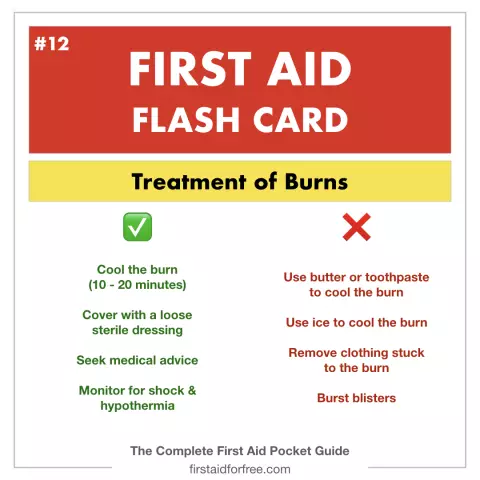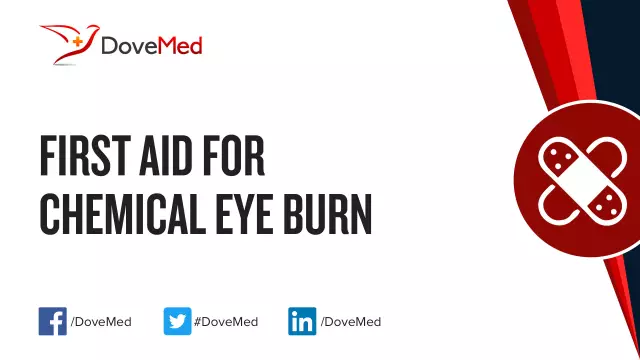- Author Rachel Wainwright [email protected].
- Public 2023-12-15 07:39.
- Last modified 2025-11-02 20:14.
Pneumothorax
General characteristics of the disease

Pneumothorax refers to the accumulation of air in the pleural cavity. There are two forms of the disease: open pneumothorax, first aid for which should be provided immediately, and closed pneumothorax. The latter is treated in a hospital setting. In the open form, air enters the pleural cavity from the outside. Such situations, as a rule, develop when the integrity of the chest is violated. Closed pneumothorax is associated with the intake of air from the inside (with injuries of the lungs or pleura).
Note that spontaneous pneumothorax is the most widespread today. It is in no way related to mechanical damage to the chest and arises in the body as a result of injuries or as a complication during treatment.
Pneumothorax - causes of the disease
- closed chest injuries - ruptures of the lungs or bronchi, violation of the integrity of the lung by fragments of ribs;
- iatrogenic damage - occurs when the blockade of the intercostal nerve is incorrectly performed, an attempt to catheterize the subclavian vein, acupuncture of the stellate ganglion and other injuries of the lungs;
- open pneumothorax is caused by penetrating wounds of the chest cavity with damage to the integrity of the lungs;
- nonspecific pneumothorax - a consequence of the breakthrough of the lung abscess, spontaneous rupture of the esophagus, regional increase in intraalveolar pressure;
- rupture of the cavity and breakthroughs of caseous foci lead to tuberculous pneumothorax.

In some cases, the flow of air into the pleural cavity is provided artificially. The need for this arises, for example, in the differential diagnosis of the chest wall or thoracoscopy.
Pneumothorax - disease symptoms
- shortness of breath, chest pain that increases with deep breathing;
- when examining the wound, a characteristic sound of sucking air is heard;
- a significant deterioration in a person's condition, shortness of breath, the face becomes bluish;
- asymmetric chest movements;
- open pneumothorax is accompanied by severe pain, so the wounded usually lies down on his right side and presses his hands to the wound;
- swelling of the cervical veins, fast but weak pulse, arterial hypotension and other circulatory disorders.
Pneumothorax - treatment and prognosis
Help with pneumothorax should be immediate, since a person's life depends on it. This is especially true in cases where air enters the pleural cavity from the outside. Open pneumothorax requires urgent transfer to a closed form. For this, the patient is put on a sealed temporary bandage. In the absence of special medical materials, several layers of ordinary gauze can be used as a bandage, on top of which oilcloth or compress paper is applied. After the patient is delivered to the hospital, the following is urgently performed: drainage of the pleural cavity, thoracotomy, revision of the lung and surgical treatment of the wound.
Spontaneous pneumothorax, the causes of which have nothing to do with mechanical damage to the chest, also refers to life-threatening conditions and requires mandatory hospitalization of the patient. If the disease proceeds without pronounced respiratory dysfunctions, help with pneumothorax consists in maintaining bed rest and restricting freedom of movement. When coughing, the patient is prescribed antitussives.
In all other cases, more active tactics are used. The patient is prescribed cardiac glycosides, oxygen inhalation, puncture of the pleural cavity to remove fluid and air. If these measures do not contribute to positive dynamics, doctors are forced to resort to surgery. Surgical treatment involves suturing the wound formed in the lung, removing the parietal hymen, and reserving pathologically altered tissues. If spontaneous pneumothorax is accompanied by an infectious genesis, the patient is additionally prescribed antibacterial treatment.
To prevent relapse of the disease, preventive measures are used, during which the patient is injected with irritating substances into the pleural cavity (glucose, silver nitrate solution, talc).
Pneumothorax, the treatment of which was carried out urgently and in compliance with the fundamental principles, in the overwhelming majority of cases does not cause irreversible consequences, that is, the person remains able to work and maintains a high quality of life. With secondary pneumothorax and severe course of the disease, the prognosis is determined based on the totality of all significant factors, in particular, the nature and severity of the underlying disease.
YouTube video related to the article:
The information is generalized and provided for informational purposes only. At the first sign of illness, see your doctor. Self-medication is hazardous to health!






